Exploring Belgium by car? Getting to know the country’s road signs and markings will boost your confidence and enable a safe driving experience on Belgian roads.
Belgium’s road signage generally aligns with European standards, so if you’re already familiar with the colours, shapes, and meanings of road signs, many of them will be instantly recognisable.
Given that Belgium has three official languages – Dutch, French, and German – you’ll often see place names and road signs displayed in a multilingual format.
Here’s a quick overview of the shapes and colours of Belgian road signs:
- Red and white triangular signs are used to warn drivers of potential hazards, such as sharp bends, pedestrian crossings, or roadworks.
- Red and white circular signs indicate mandatory rules for certain sections of road, like speed limits or restricted access.
- Blue and white circular signs convey compulsory instructions, such as turning left or wearing a seatbelt.
- Square or rectangular signs provide general road information, such as highway directions, nearby tourist attractions, or important services like rest areas and hospitals.
Essential Belgian Road Signs
| Speed Limit | Stop | Toll Booths |
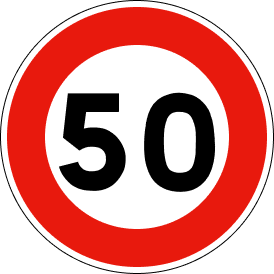 | 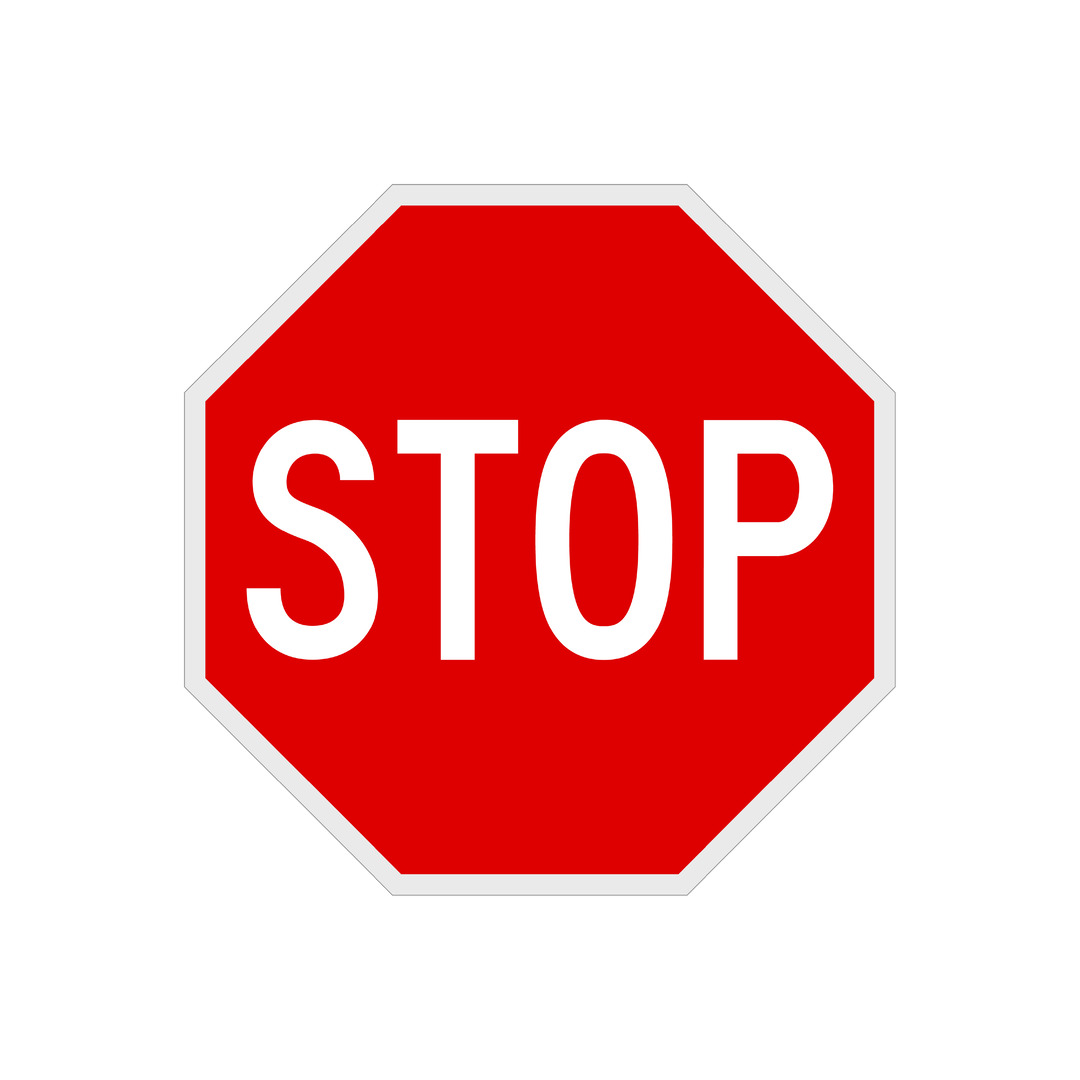 | 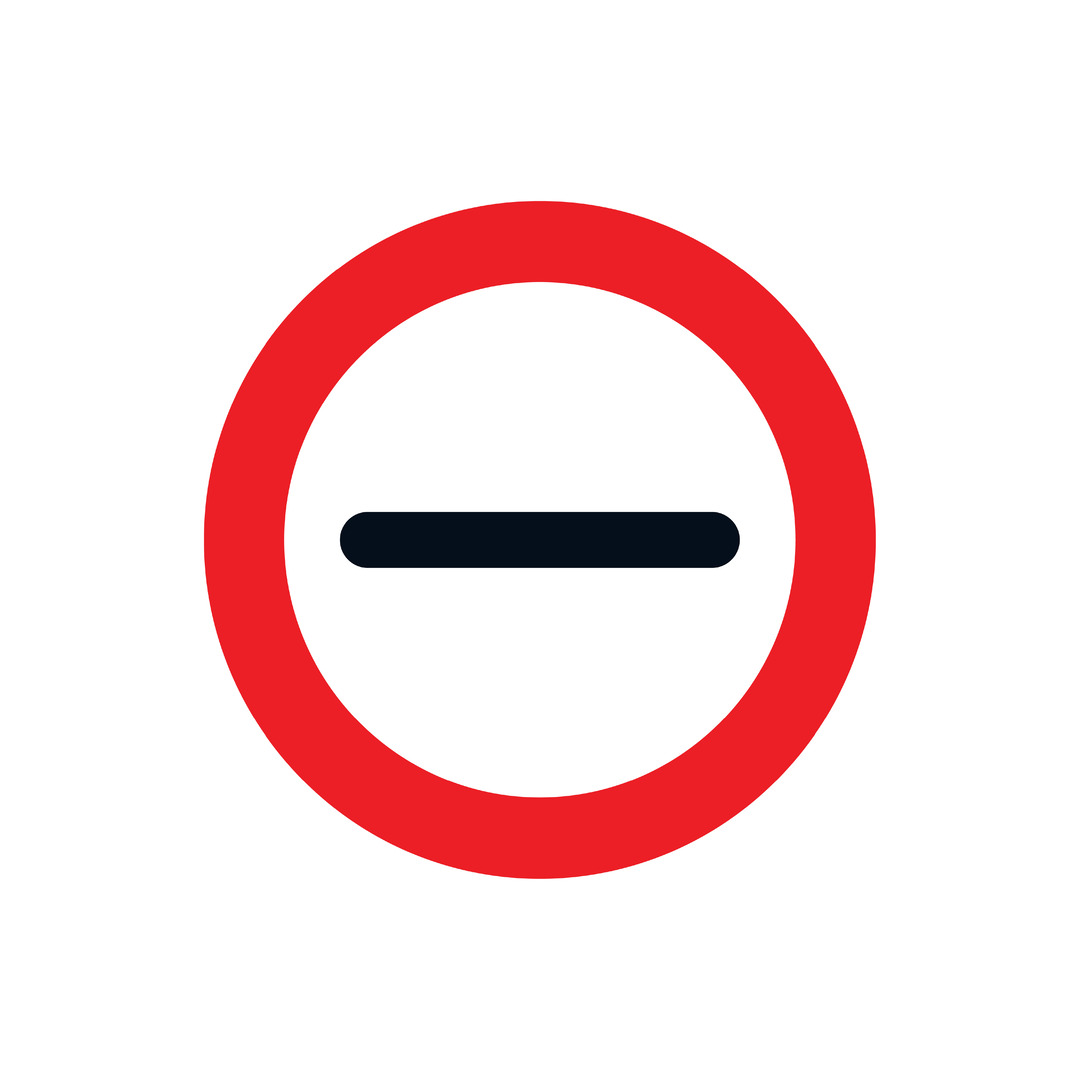 |
| Speed limit signs in Belgium are easy to identify as they follow the standard European design. Just keep in mind that the numbers displayed represent speeds in kilometres per hour (km/h). | In Belgium, the word ‘STOP’ is used on hexagonal signs to signal where you are required to come to a full stop. | This sign indicates that toll booths are ahead. You will need to stop at these booths to pay the tolls. |
| No Parking/No Stopping | One Way | Intersection |
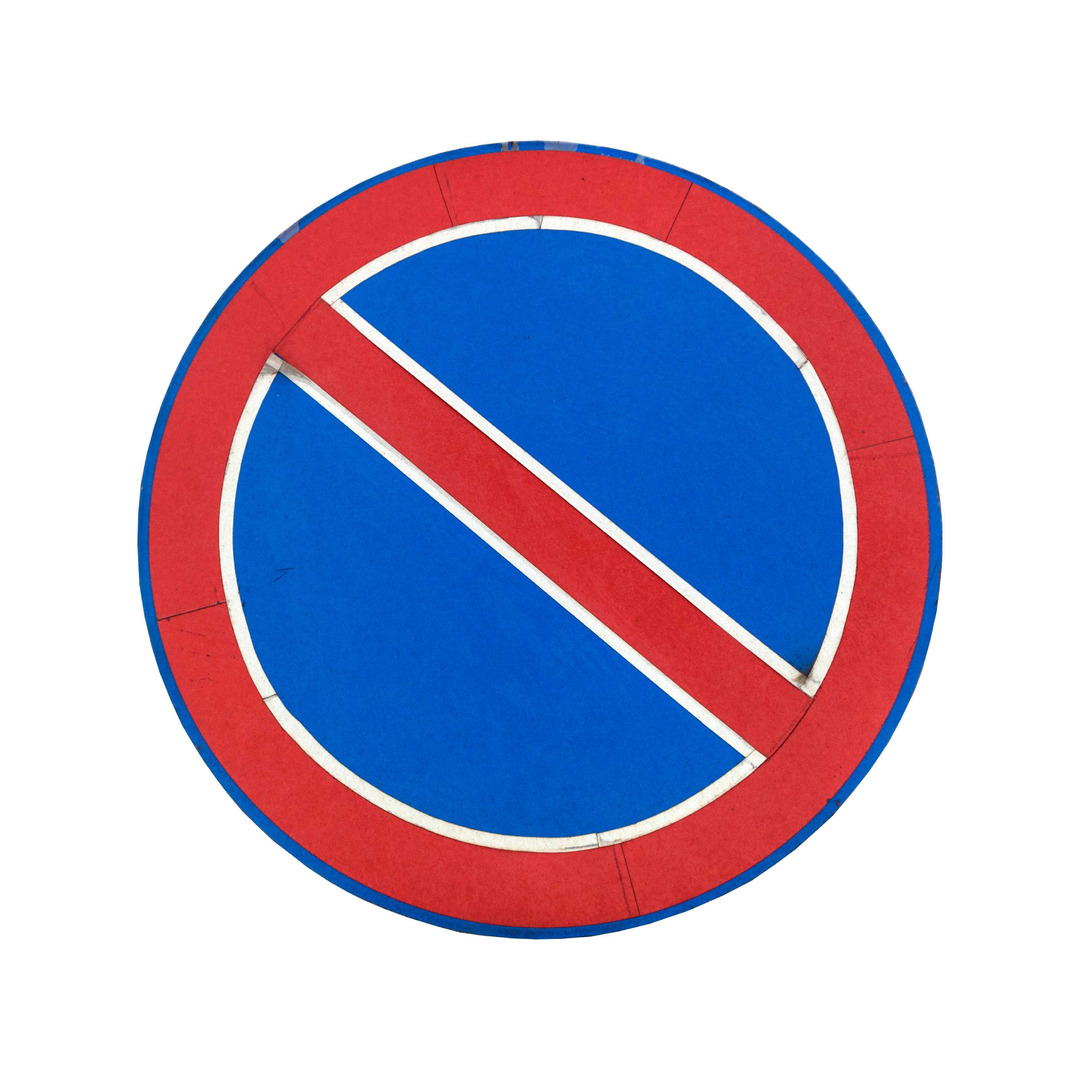 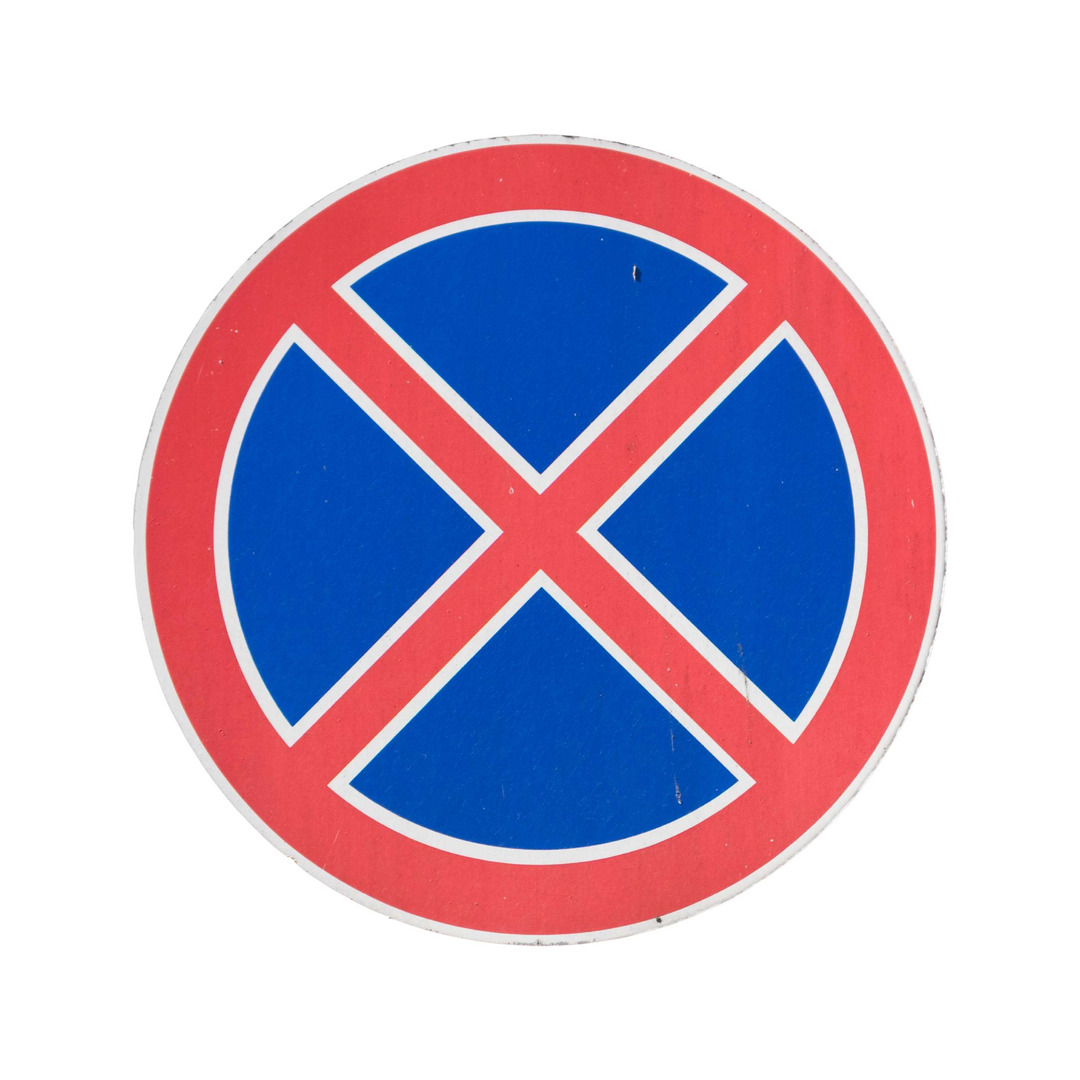 | 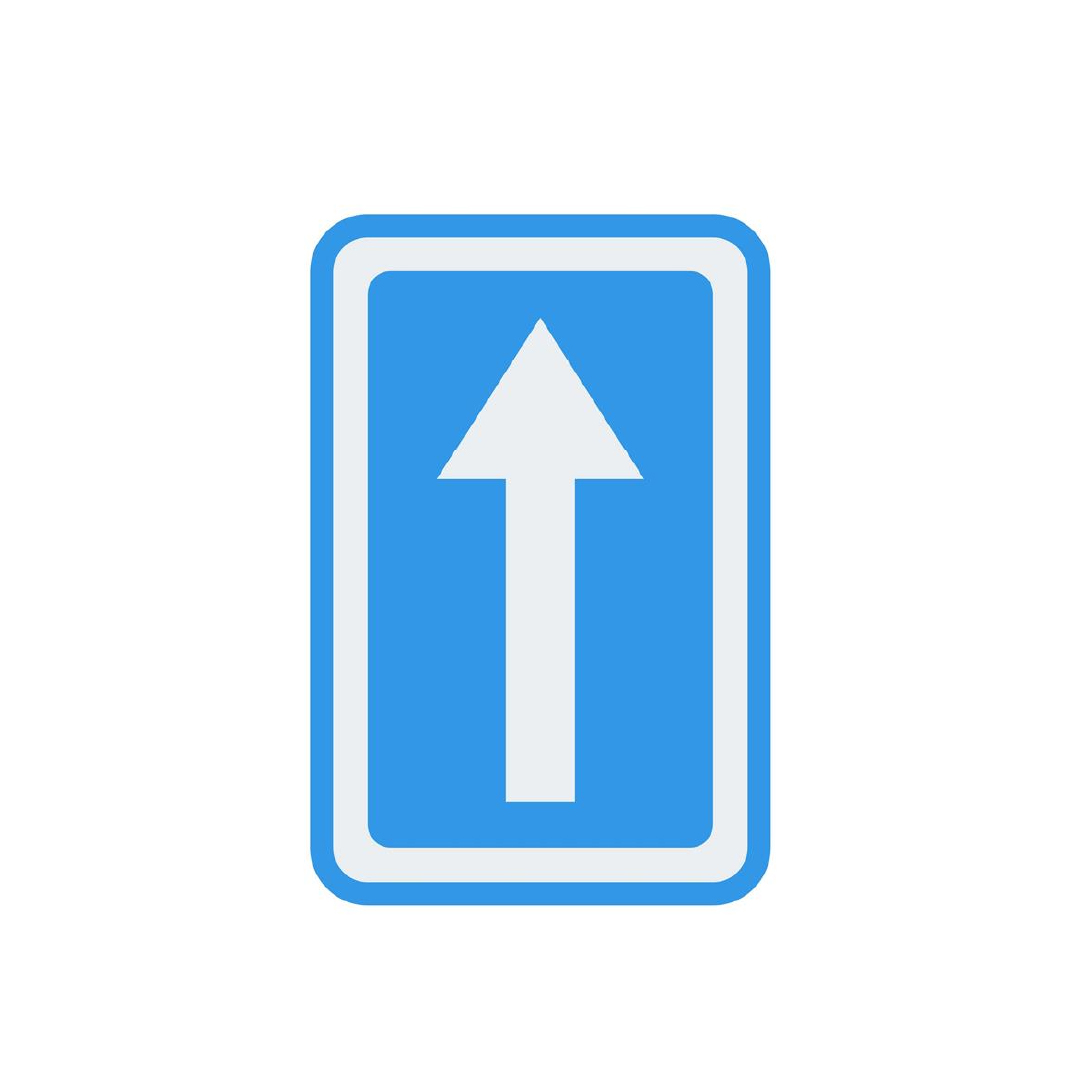 | 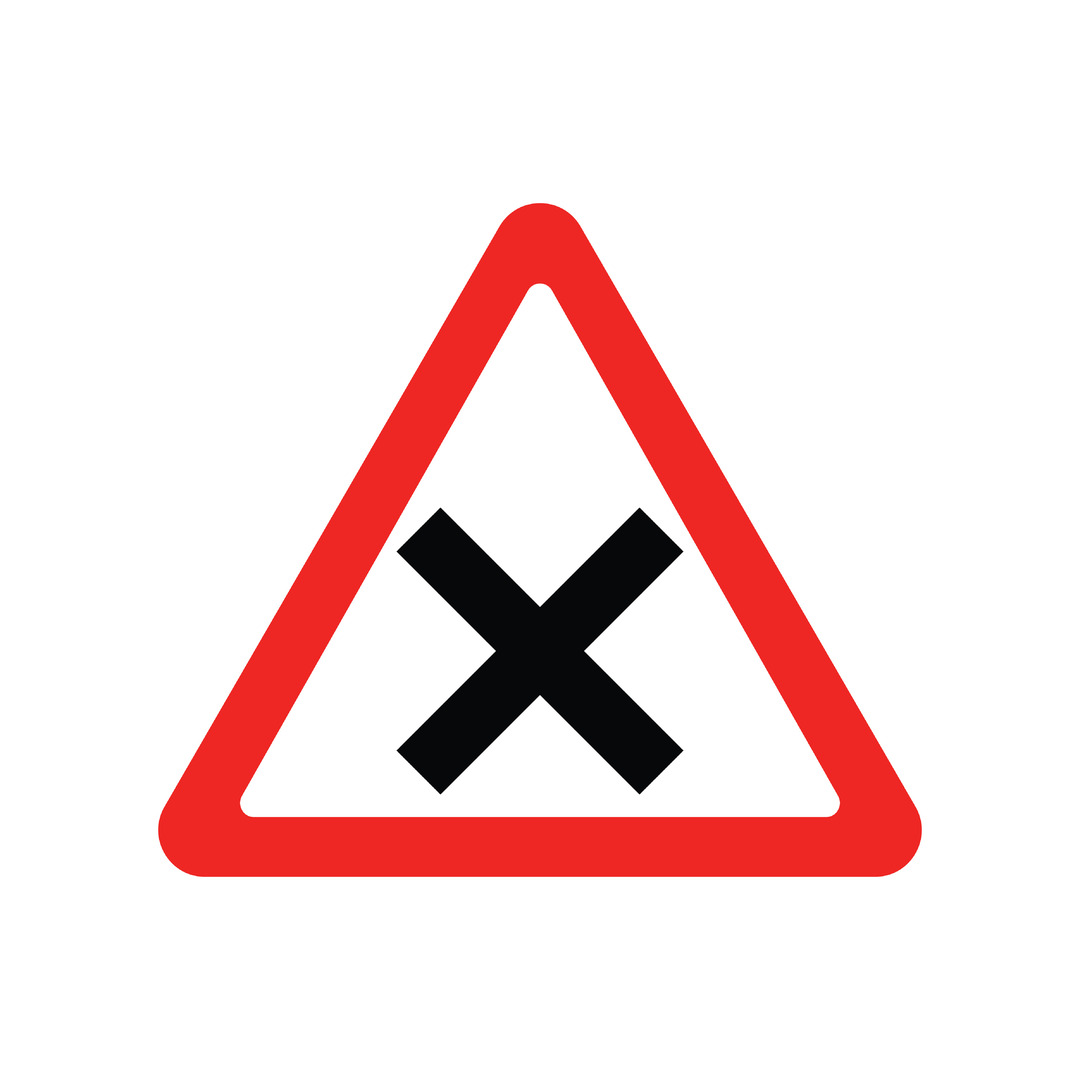 |
| A circular sign with a single diagonal line indicates ‘no parking’, while one with two diagonal lines means ‘no stopping’. These restrictions apply to the side of the road where the sign is located. | This blue and white rectangular sign alerts drivers that they are approaching a one-way system. It indicates the allowed direction of travel and is commonly used in many countries to mark one-way streets. | A black cross inside a red triangle signals that at the upcoming intersection, vehicles coming from the right have the right of way. This sign is typically used for uncontrolled intersections, reminding drivers to slow down and stay alert for traffic approaching from the right. |
| No Entry | No Entry in Both Directions | Junction Ahead |
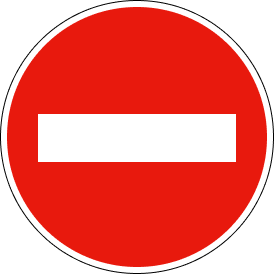 |  |  |
| This sign means that entry to the road ahead is not allowed. However, be aware that vehicles may still be exiting from that road, so proceed with caution. | This sign signifies that the road is entirely closed to traffic, meaning no vehicles can enter or exit. This is commonly used for pedestrian-only areas or roads designated for bicycles. | This sign shows that you have priority at the upcoming junction. Drivers merging onto your road or crossing your path must yield. However, always remain vigilant and never assume other vehicles will stop as required. |
| Roundabout | Entering Town/City | Priority Road Starts/Ends |
 | 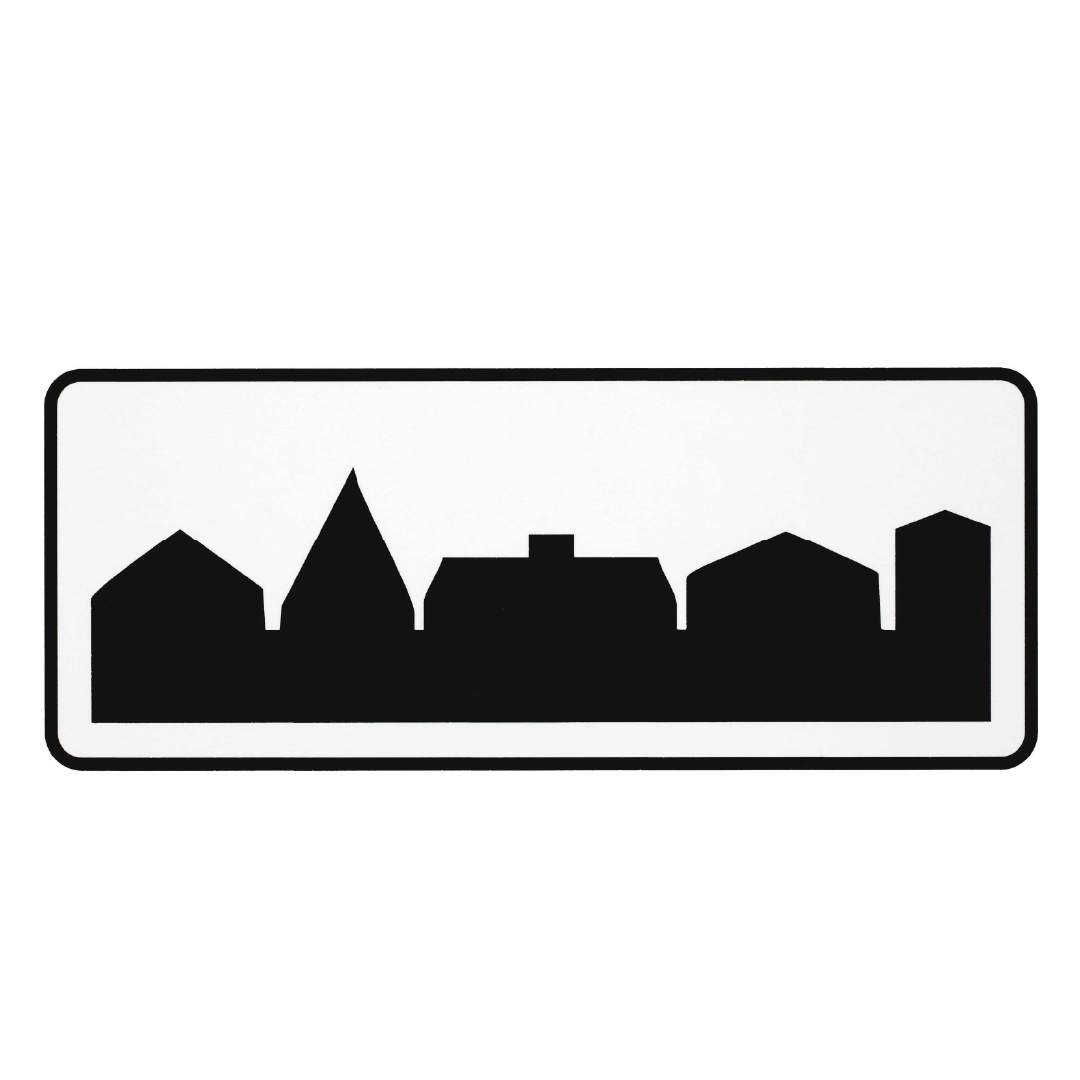 | 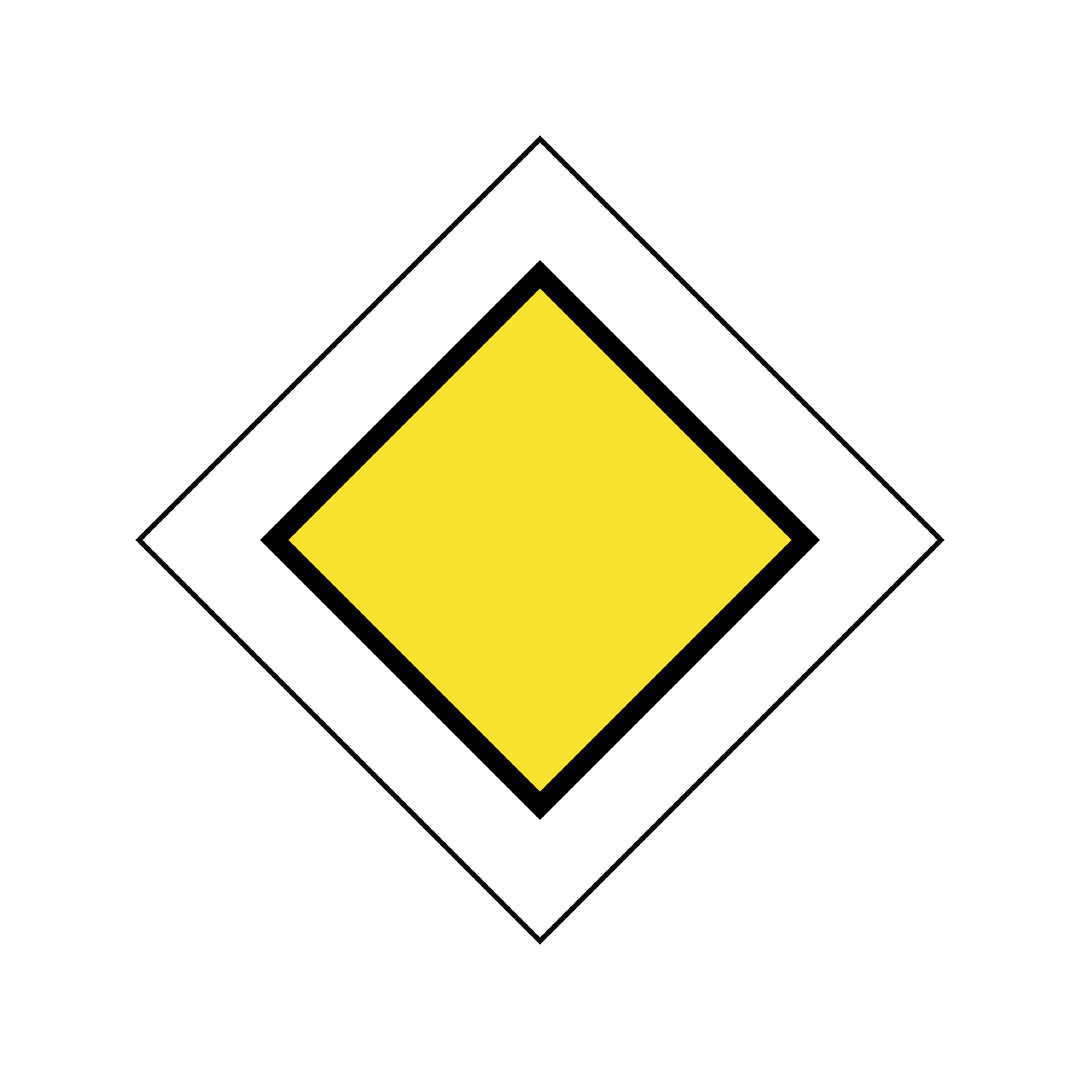 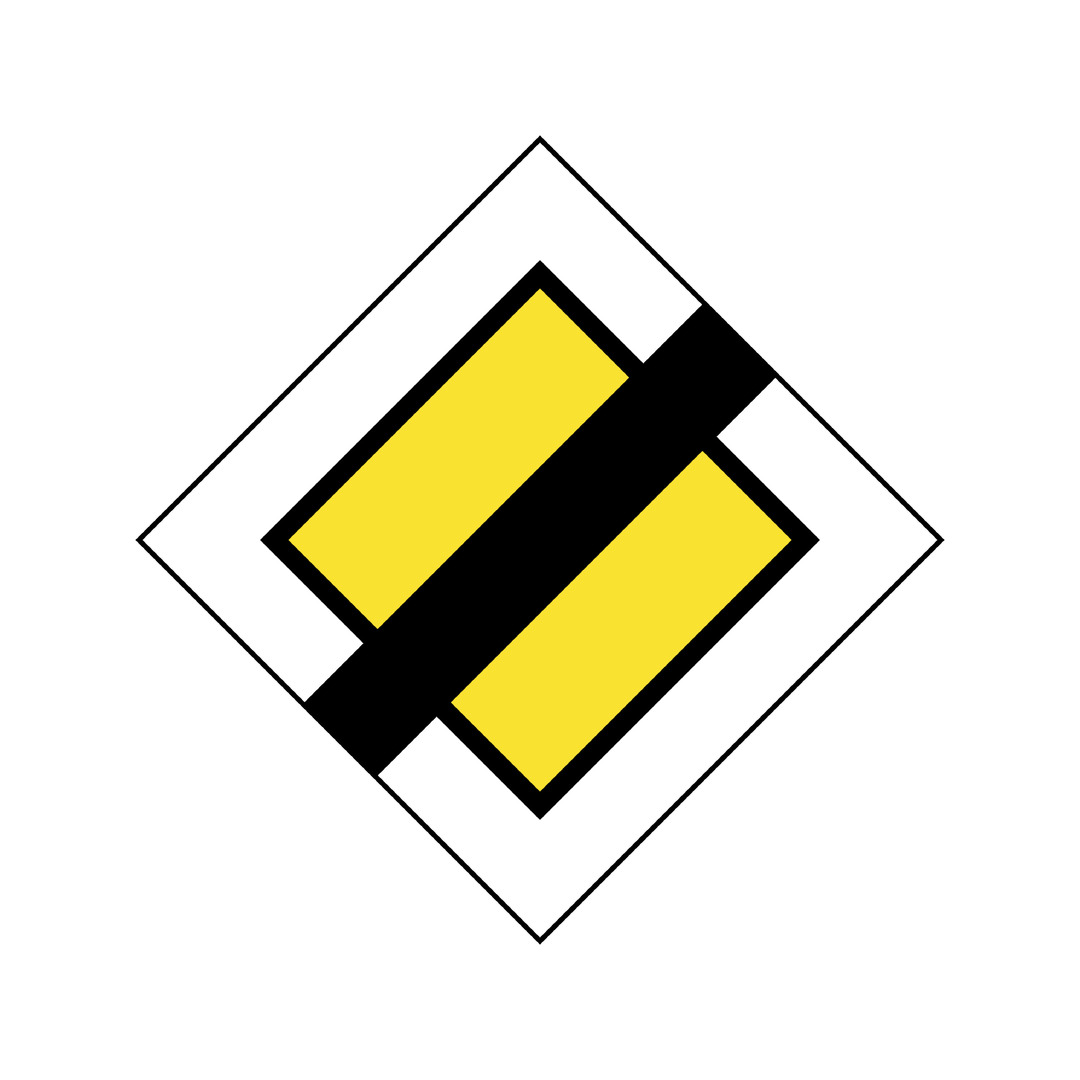 |
| In Belgium, you must yield to vehicles already on the roundabout or those coming from your left. Traffic flows in an anticlockwise direction. | The ‘entering town or city’ sign is usually a white rectangular sign displaying the town or city name in black lettering. It marks the start of an urban area, where specific traffic rules apply, such as reduced speed limits (typically 50 km/h unless stated otherwise) and greater awareness of pedestrians and cyclists. | A yellow diamond with a white border indicates that you are on a priority road, meaning you have the right of way. If the sign has a black diagonal line, it marks the end of the priority road, and normal traffic rules take effect. |
Belgian Road Markings
The road markings in Belgium are quite similar to those across Europe. However, heres a general overview of Belgium’s road markings to help you refresh your knowledge:
- Solid white line: Marks the edge of a road or lane, and drivers are not permitted to cross it. Crossing this line is a serious violation.
- Dashed white line: Separates traffic lanes; drivers may cross it when safe. If the gaps between dashes are small, it suggests the line is about to become continuous, so overtaking should be done with caution.
- Solid yellow line: Often in a zigzag pattern, indicating that parking or stopping is not allowed in that area.
- Broken yellow line: Allows stopping for loading or unloading, but parking is not permitted.
You should also be aware of lanes designated for specific vehicles, such as buses, bicycles, taxis, or emergency vehicles. Driving in a restricted lane could result in a 174 fine. Staying vigilant and following road signs and markings is key to avoiding unnecessary penalties.
Final Thoughts
For added peace of mind while driving in Belgium, consider purchasing a car rental excess insurance policy from ReduceMyExcess. This will mean that if you accidentally damage your hire car, any excess fees charged will be reimbursed.



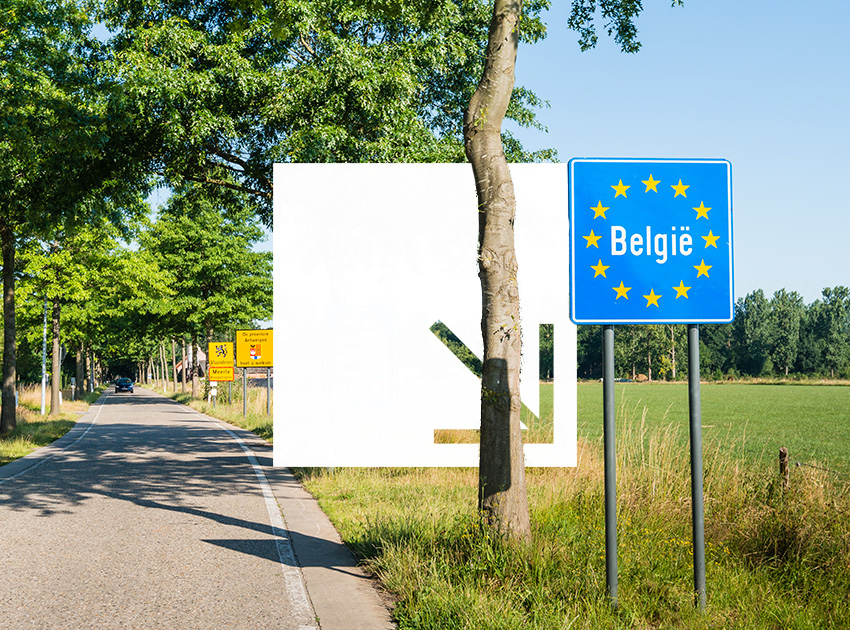
Comments are closed